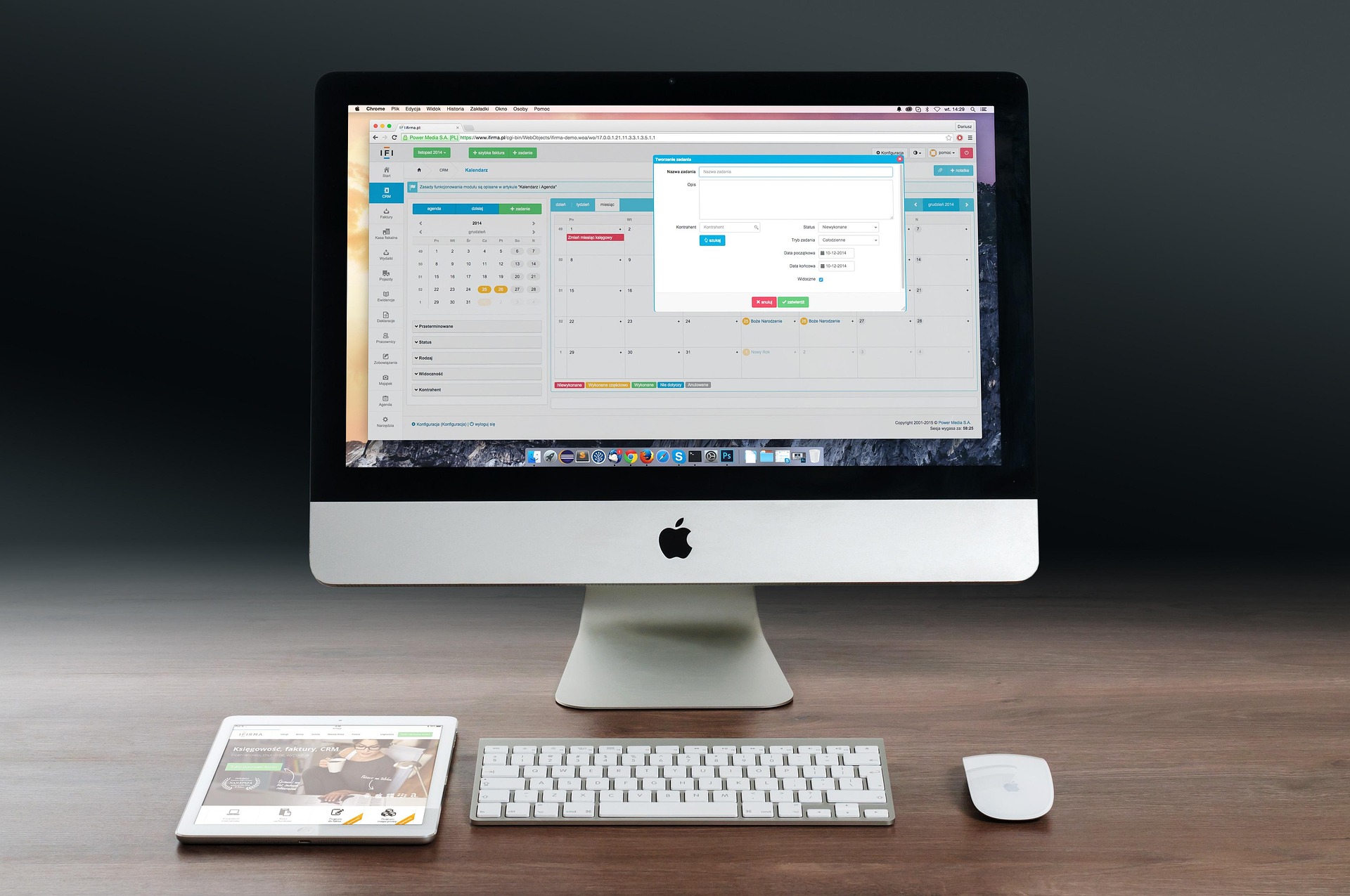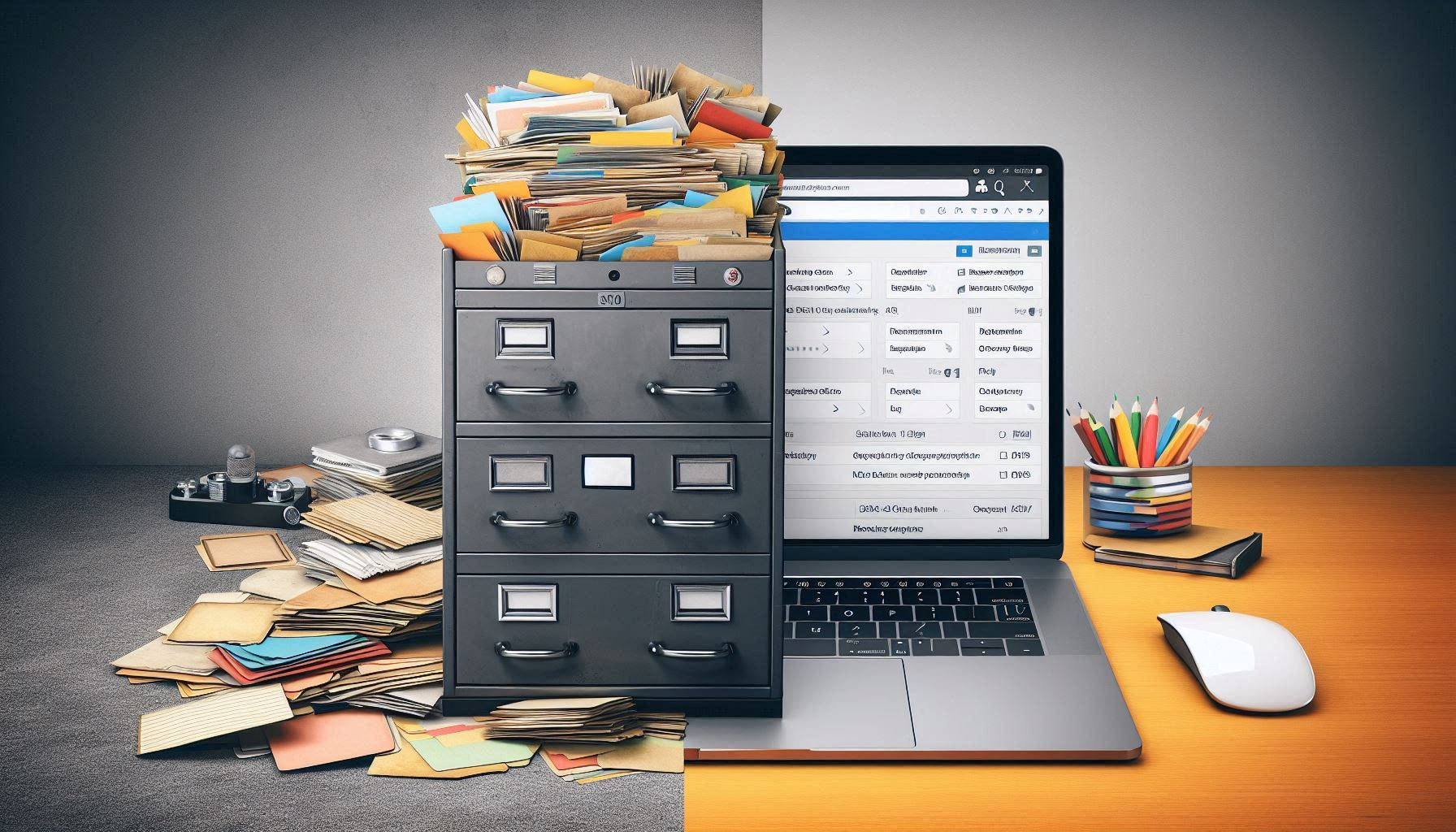Key Tips for Stress-Free End of Tenancy Cleaning
- 23 Jun 2025
- Articles
Moving out can be overwhelming, especially when you're faced with the final clean-up. As you prepare to leave your rented space spotless, knowing what to focus on will help you avoid last-minute stress.
If you're based in London and want more details about professional options, checking out end of tenancy cleaning in London might offer some clarity. Otherwise, these key tips will make the cleaning process smoother and less daunting for you.
Preparing for the Clean
Starting your end of tenancy cleaning with a clear plan will save time, reduce stress, and help you avoid missing any essential details when handing over the keys.
Defining End of Tenancy Cleaning
End of tenancy cleaning means restoring the rental to its original condition. Every surface, appliance, and fixture should look just as it did when you first moved in.
Document the Condition
Take photos and videos during your initial walkthrough. These will be invaluable for resolving any deposit disputes and guiding you as you clean.
Normal Wear and Tear
Understand the difference between normal wear and tear and actual damage. Landlords are responsible for wear, but tenants should fix and clean everything else thoroughly.
Cleaning Coverage
Create or request a cleaning checklist that covers every room. Gather supplies such as mops, vacuums, microfiber cloths, and cleaning products before starting.
Preparing well not only makes the cleaning process smoother, but also helps you get your full security deposit back without unnecessary stress or surprises.
Spruce Up Your Property
Your lease agreement may specify the level of cleaning expected. Meeting these requirements helps avoid deductions from your deposit and keeps the landlord happy.
-
Read the Lease Carefully: Understand clauses about cleaning and professional services. Meeting expectations helps you avoid last-minute surprises.
-
Decide on DIY or Professionals: Assess whether to tackle the cleaning yourself or hire specialists. Professional services offer efficiency and guaranteed standards.
-
Focus on High-Impact Areas: Target kitchens, bathrooms, and entryways. These are most inspected and influence the landlord's impression.
-
Do Not Overlook Outdoor Areas: Tidy up patios, balconies, and gardens. Clear rubbish and sweep clean for that important first impression.
-
Keep a Proof of Cleaning: If hiring professionals, keep your receipt. Some landlords may require evidence of service to release your deposit.
Careful attention to these aspects will make your move-out experience simpler and maximize the return of your security deposit.
Room-by-Room Cleaning Strategies
Breaking your cleaning into manageable tasks for each room helps you stay organized, efficient, and ensures no nook goes unnoticed during your end of tenancy clean.
Living Areas
Dust all surfaces, clean light fixtures, and vacuum upholstery. Check under furniture and wipe baseboards for forgotten dust bunnies and pet hair if you had any.
Bedrooms
Empty all closets and drawers. Wipe down interiors, dust shelves, and ensure windows and mirrors are streak-free for a sparkling finish.
Bathrooms
Scrub toilets, showers, basins, and taps. Don't forget to descale fittings, remove soap residue, and check for mold in grout and corners.
Hallways & Entrances
Wipe down doors, clean handles, and spot-clean walls. Vacuum corners and clean shoe racks or mats to make entry spaces look welcoming.
Breaking each room down like this makes the process less overwhelming and prevents you from missing any critical details.
Kitchen Deep Clean
Kitchens can be the most challenging area during move-out, but a top-to-bottom clean is vital to impress landlords and pass inspection without issue.
-
Empty and Clean Cupboards: Remove crumbs and wipe down shelves. Don't overlook drawer handles or under-sink areas where residues build up.
-
Deep Clean Appliances: Scrub ovens, stovetops, microwaves, and fridges. Remove racks and trays to wash them separately for a thorough clean.
-
Tackle Sinks and Backsplashes: Remove limescale, sanitize taps, and polish drains. Use vinegar or baking soda to dissolve stubborn water stains and grime.
-
Sanitize Surfaces: Disinfect countertops, wipe down tiles, and mop floors last. Choose cleaning products that are food-safe when cleaning preparation surfaces.
Meticulous attention to kitchen areas not only improves your chances of a full deposit return but also helps meet professional-level move-out standards.
Dust Through
Dust seems to hide everywhere during a move. A systematic approach ensures overlooked corners don't become the reason for delayed deposit returns.
Start at the Top
Begin with ceiling fans and light fixtures, working your way downwards. Use an old pillowcase to trap dust from blades and prevent it from dropping below.
Address Vents and Baseboards
Wipe vents and air intakes, then dust baseboards with a microfiber cloth. These low areas often accumulate dust and may get missed in a routine clean.
Check Ledges and Shelves
Dust window ledges, curtain rods, and bookshelves. Don't forget hard-to-reach surfaces, as property managers often check these during inspections.
Replace Air Filters
If your lease includes changing HVAC filters, do this before moving out. Clean filters improve air quality and reflect well on your attention to detail.
Dusting is quick but impactful—completing this step can make your old place feel spotless and fresh as you leave.
Handling Stubborn Stains
Stubborn stains can make or break your chances of getting a full deposit back. Approach each type with the right strategy and cleaning toolkit for best results.
-
Carpet Stains: First, blot up spills. Use a combination of vinegar, baking soda, and gentle scrubbing for tough marks before opting for steam cleaning if needed.
-
Grease in Kitchens: Apply a strong degreaser or a baking soda paste to greasy areas. Let it sit before scrubbing, especially on stovetops and backsplashes.
-
Mildew in Bathrooms: Use a 1:10 bleach and water mix or a commercial remover. Scrub tile grout and ventilate the bathroom to deter future mold growth.
-
Marks on Walls: Try a melamine sponge to lift scuffs and fingerprints. For persistent grease, a mild soap solution and repainting may be necessary.
-
Pet and Odor Stains: Blot and treat spots with enzymatic cleaners to break down both stains and smells, leaving carpets and floors fresh for inspection.
Treat stains early to avoid them setting in, and check your lease for any policy on using commercial grade products or calling in professional cleaners for certain stains.
Getting Your Deposit Back
A detailed, stress-free end of tenancy clean gives you the best shot at securing your full deposit and leaving a great impression with your landlord.
Conduct a Final Walkthrough
Schedule a self-review before your landlord's inspection. Use your checklist and photo documentation to verify everything meets the original move-in condition standards.
Address Repairs Promptly
Patch and paint holes, fix loose fittings, and replace burned-out bulbs. Tackling these small issues ahead of time demonstrates responsibility and attention to detail.
Return All Keys and Documents
Don't forget to gather and return every set of keys, passes, and equipment provided. Hand these over with any required receipts for cleaning or repairs.
Communicate Clearly with Your Landlord
Stay proactive. Let your landlord know about completed cleaning and repairs. If issues are found during inspection, work collaboratively to resolve them quickly.
Ultimately, being thorough in your cleaning and organized with your move-out responsibilities pays off—helping you recover your deposit without unnecessary stress or prolonged disputes.
Final Steps Count
Sticking to a systematic approach pays off when you leave a rental. Focusing on detail and organization reduces stress, ensures cleanliness, and increases your chances of regaining your full deposit. Make each step count so you can move on to your next place without unnecessary complications.








